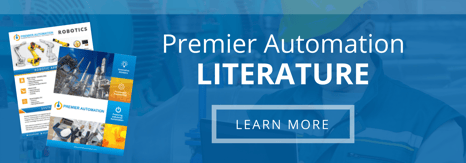.png?width=244&name=acd%20drives%20vs%20dc%20drives%20(1).png) Many beginner automation enthusiasts often fail to establish appreciable differences between Supervisory Control & Data Acquisition (SCADA) and Human Machine Interfaces (HMIs). They often confuse both these entities as being similar and working for the same end-result. While the latter may be true, as in the end achieving automation is the desired result, the two terms are quite different and have limited overlap.
Many beginner automation enthusiasts often fail to establish appreciable differences between Supervisory Control & Data Acquisition (SCADA) and Human Machine Interfaces (HMIs). They often confuse both these entities as being similar and working for the same end-result. While the latter may be true, as in the end achieving automation is the desired result, the two terms are quite different and have limited overlap.
SCADA is an integrated system which is purposefully built to control & monitor the workings of various assets of an industrial plant. For instance, the monitoring & control of pumps, fans or other machinery is often performed through SCADA system. Such systems make use of Programmable Logic Controllers (PLCs) to carry out a wide array of functions such as polling, relay operations, communication, etc. The data from PLC is sent off to a control room from where final decisions are made.
In comparison, HMI can be considered as a subset of a SCADA system. Human Machine Interfaces simply provide an effective way to communicate with the hardware. These are situated inside the control room or various points throughout the industry, channeling useful information to the operator. An HMI usually has a graphical user interface and sends instructions to peripherals through the PLC.
For a system to qualify as a complete Supervisory Control & Data Acquisition, it must contain elements of both data acquisition and control. With that being said, it must be understood that while all HMIs can change the status of PLC registers, not all HMIs offer control capabilities within themselves. If manipulation of the data stored within a PLC is required, then an external archiving program would have to be run (Excel, Access, SQL), which would be a part of a SCADA system. Normally, industries tend to use HMIs if the operation is simple and doesn’t require complex processing.
However, most industries today often rely heavily on data processing and therefore implement SCADA solutions. The presence of terms such as alarm logging, production management and data historian imply that a SCADA system is in the works. Process control industries offer great examples of SCADA systems due to the complexity of operations.
With the progression in automation technologies, the need for full-blown SCADA systems is becoming imperative. HMIs alone can’t be put in charge of controlling complex processes, and therefore SCADA systems must be developed to offer supplementary functions such as data processing, mining and priority handling.
If you’re seeking a partner for your next automation or controls project, contact one of our experienced engineers to schedule a free on-site visit:




